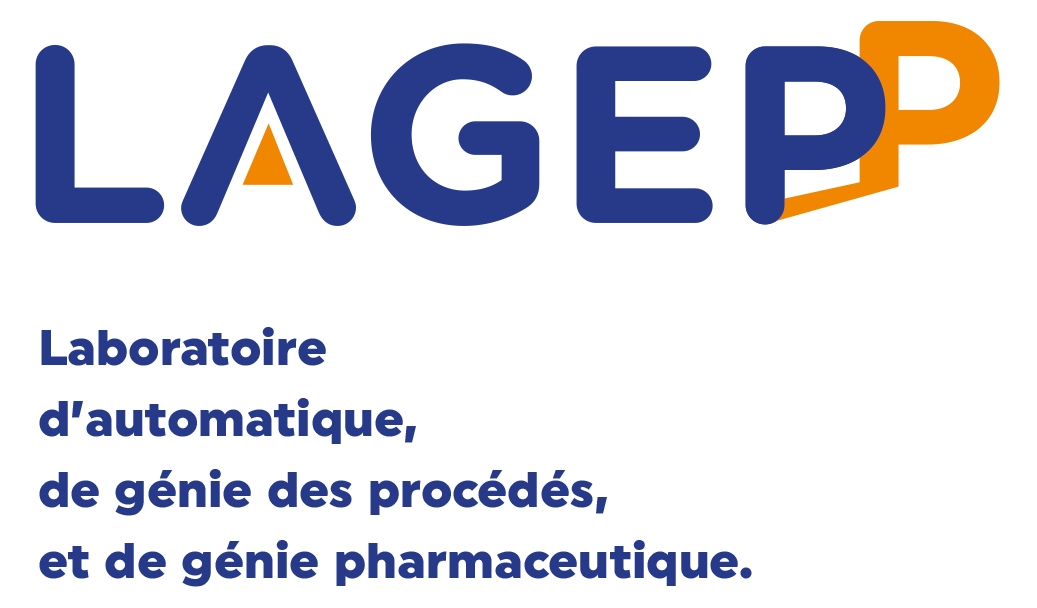Monitoring Polypropylene Chain‐Scission for Dissolution‐Based Recycling by In Situ Near Infrared and Raman Spectroscopy
Résumé
Within the context of polypropylene recycling by dissolution, the potential degradation of polypropylene in solution has been investigated using in-situ NIR and Raman spectroscopy. Pure polypropylene, completely free of additives and commercial polypropylene, low in additives, are degraded on purpose under different conditions. Genetic algorithm combined with partial least squares (GA-PLS) models have been built based on NIR spectra, and partial least squares (PLS) models based on Raman spectra, to predict the mass average molar mass and the chain-scission rate, respectively, during the degradation process. The variables used in the GA-PLS model from NIR spectra suggest that the main variability is related to physical changes via the baseline. In Raman, a baseline drift due to coloration during the degradation has been used to correlate the spectra with the degradation phenomenon. Both techniques show good predictive performances and can potentially be implemented for real-time supervision of degradation during recycling processes.
Domaines
Polymères| Origine | Fichiers produits par l'(les) auteur(s) |
|---|
